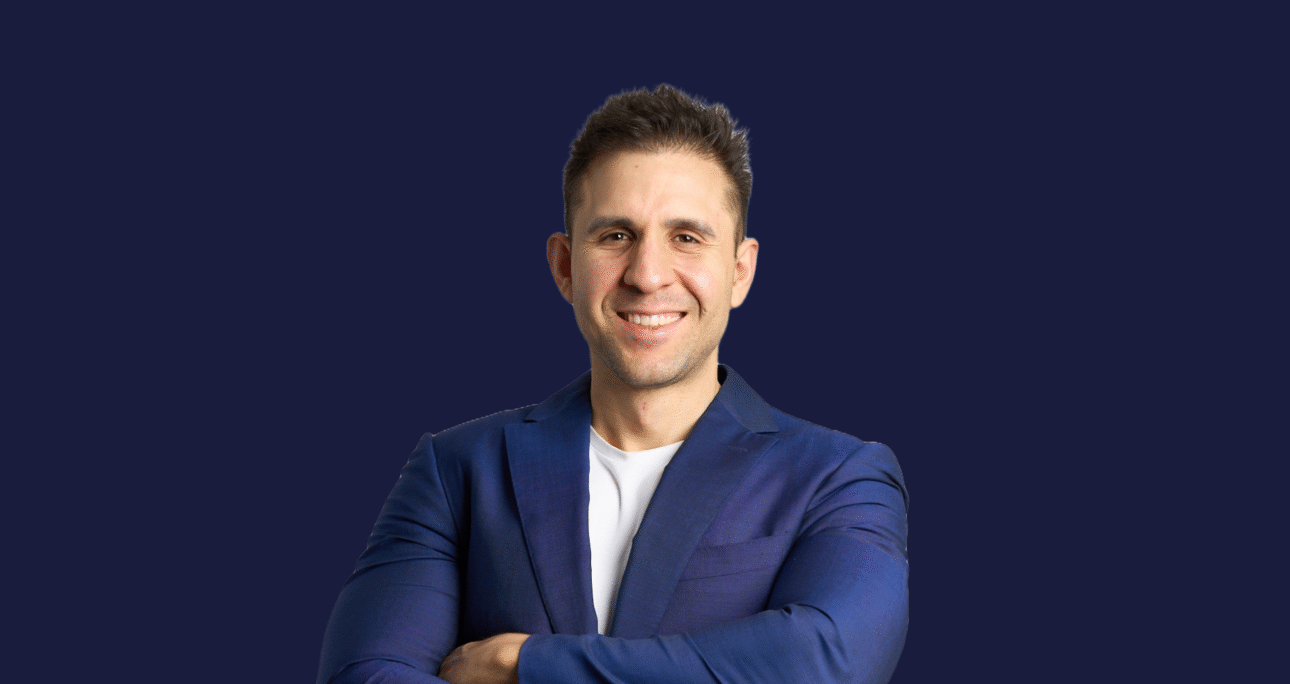ChatGPT’s latest memory upgrade is quietly one of its most powerful features yet. In this article, Tansel Adacan, digital programme director and consultant, breaks down what it means for real users and how you can start using it to get more done with less effort. Whether you’re building systems for personal productivity or digital delivery, memory could be the key to getting lasting value from AI.
ChatGPT has had a busy few months. Voice controls, image generation, faster interfaces and more. But the most important update might be the quietest. OpenAI has started rolling out an expanded memory system. ChatGPT can now remember more about who you are, what you have asked, and how you like things done. It is not unlimited, but it is persistent. And for anyone who wants to work smarter, it matters. Tansel Adacan, a digital programme director and consultant based in London, says this shift is overdue. “In the past, you would hit the ceiling quickly,” says Adacan. “You would build a routine, only for the context to disappear. This lets you design something once and keep building.”
What It Actually Does
The new memory allows ChatGPT to retain your tone, preferences, working style and past prompts. It can refer back to earlier conversations, follow up without being told, and offer more tailored responses. You can check what it remembers, delete anything, or reset it all. Nothing is stored without your permission. But the most useful application comes when you build your own custom GPT.
How Tansel Adacan Uses It
Adacan uses two GPTs regularly. One is built around training. It suggests random workouts by muscle group, remembers logged routines, and optimises recipes for high performance and convenience. Tools like this are already starting to replace the kind of generic advice once found in blogs or lifestyle columns. The other supports delivery work and career planning. It references his CV, flags unfinished documentation, and helps prep for interviews or client meetings. Here is an actual instruction he used to build it:
“You are my job search assistant. You use the tone of Tom Hopkins and Robert Cialdini to help me prepare for interviews and refine how I present myself. You reference my attached CV, highlight measurable outcomes from past roles, and flag areas where my experience does not align with a role description. Keep the tone confident but grounded.”
Hopkins and Cialdini were picked because they speak with clarity and control. Both focus on persuasive but grounded communication, which is exactly what most people need when preparing for high pressure conversations. This is not theory. It is already being used by people who build systems that stick. And the memory feature means it continues to improve over time.
Why Many Might Overlook the Real Value
This is not a magic upgrade. ChatGPT still needs direction. But for those willing to invest a few minutes in setting clear instructions and using them consistently, it can function like a second brain. Users do not need a technical background. They just need a structured approach and a clear reason to use it. To explore it yourself, visit: Explore and build a custom GPT
Final Word from Tansel Adacan
“The most useful part of this upgrade is not what the model can do. It is that you can shape it to work like you do. That is what gives it value.”


